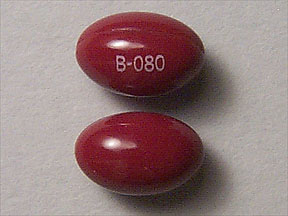Chloral hydrate Interactions
There are 360 drugs known to interact with chloral hydrate, along with 9 disease interactions, and 1 alcohol/food interaction. Of the total drug interactions, 28 are major, 330 are moderate, and 2 are minor.
- View all 360 medications that may interact with chloral hydrate
- View chloral hydrate alcohol/food interactions (1)
- View chloral hydrate disease interactions (9)
Most frequently checked interactions
View interaction reports for chloral hydrate and the medicines listed below.
- Abilify (aripiprazole)
- Adderall XR (amphetamine / dextroamphetamine)
- Ambien (zolpidem)
- Ambien CR (zolpidem)
- Ativan (lorazepam)
- Banzel (rufinamide)
- Benadryl (diphenhydramine)
- BuSpar (buspirone)
- Celexa (citalopram)
- Cymbalta (duloxetine)
- Depakote (divalproex sodium)
- Effexor XR (venlafaxine)
- Geodon (ziprasidone)
- Keppra (levetiracetam)
- Klonopin (clonazepam)
- Lamictal (lamotrigine)
- Lexapro (escitalopram)
- Lyrica (pregabalin)
- MiraLAX (polyethylene glycol 3350)
- Paxil (paroxetine)
- Remeron (mirtazapine)
- Risperdal (risperidone)
- Ritalin (methylphenidate)
- Seroquel (quetiapine)
- Topamax (topiramate)
- Tylenol (acetaminophen)
- Valium (diazepam)
- Vitamin D3 (cholecalciferol)
- Xanax (alprazolam)
- Zoloft (sertraline)
Chloral hydrate alcohol/food interactions
There is 1 alcohol/food interaction with chloral hydrate.
Chloral hydrate disease interactions
There are 9 disease interactions with chloral hydrate which include:
- alcohol intox
- depression
- drug dependence
- renal/liver disease
- glaucoma
- liver disease
- resp depression
- cardiac disease
- gastrointestinal irritation
More about chloral hydrate
- Compare alternatives
- Reviews (20)
- Side effects
- Dosage information
- During pregnancy
- Drug class: miscellaneous anxiolytics, sedatives and hypnotics
- Breastfeeding
Related treatment guides
Drug Interaction Classification
| Highly clinically significant. Avoid combinations; the risk of the interaction outweighs the benefit. | |
| Moderately clinically significant. Usually avoid combinations; use it only under special circumstances. | |
| Minimally clinically significant. Minimize risk; assess risk and consider an alternative drug, take steps to circumvent the interaction risk and/or institute a monitoring plan. | |
| No interaction information available. |
See also:
Further information
Always consult your healthcare provider to ensure the information displayed on this page applies to your personal circumstances.


